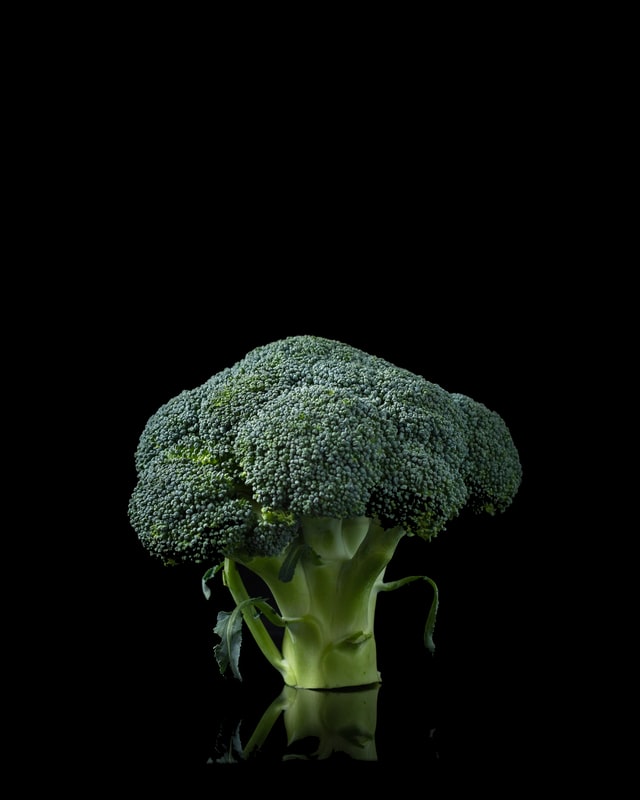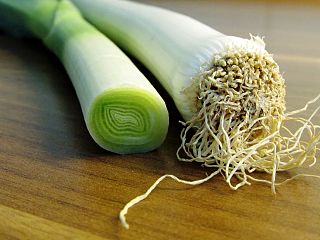The winter took its time this year. Our days are still hitting low 30s celsius, but the night is getting a good bite. Last night our weather stations measured a low of just over 3 degrees. The frost is coming, and if we want to see vegetables in the coming months, we will have to know what to grow. Here is a brief article for you all, whether you are a windowsill, backyard urban or smallholder grower. We will look at cropping for cold weather!
I don’t agree when people talk about the “growing season”, as if you have to sit on your thumbs all winter. There are just so many options, cover types and plants that tolerate cold, or thrive on it! Some of them will even improve if they experience a little frost. If you have a greenhouse, you can take even more advantage or build your own cold-frames, net covers or cool drink-bottle micro-greenhouses. Don’t let the weather wet your battery.
This article aims to inspire you to get out there and cash in on mental wellbeing (by gardening) and health (by consuming more fresh, organic and tasty vegetables)! If that is what you want, read on. All you will need is a bit of seed, some fair soil and a little time.
Turnips
Turnips can survive some chilly nights. They are sweeter and less spicy when allowed to mature when it is colder outside. They are in the Brassica family (Rapa) and produce fleshy taproots. Enjoy them for their low calorie, high fiber and nutrient rich composition (Niacin, Vitamin C, Potassium, phosphorus, Calcium, Magnesium amongst others). They are thus good for your bones, arteries, cholesterol, high blood pressure and immune system)

Spinach
A leafy crop with a delicious leaf. Enjoyed cooked or raw, spinach is a must-grow in the Amaranth family. Spinach is loaded with iron, calcium, magnesium, zinc, vitamins A, B6, C and K but also contains riboflavin and thiamine. This makes it an all-round excellent food. Benefits include eyesight, neurological and hemophilic support, not to mention muscles, bone minerals, anti-cancer and anti-inflammatory properties.

Swiss Chard
Chards relate closely to beets and provide us with beneficial goodness almost better than spinach. They are loaded with vitamins B6, K, C, A and E and contains a pile of minerals as well (Copper, Manganese, Iron, Potassium, Sodium, Magnesium) all of which support the immune system, brain, diabetes, bone health, eyes, blood and heart. Makes sense to grow these now, doesn’t it?

Brocolli
Broccoli, (also in the Brassica family) is eaten raw or cooked. The stalk and heads are both tasty and provides nutrients too large to list. Vitamins A, B6, B9, C, E, B1 and K; minerals calcium, iron, magnesium, zinc, phosphorous and iron. A bitter, but tasty vegetable found in various forms and shapes. They can thrive in frigid winters, and will survive to just under freezing point. If you want your kids to eat it, tell them what my parents told me… it’s a little tree.

Cauliflower
The Brassica Cauliflower produces a colossal head of white curd. They can survive temperatures lower than freezing point and grow fairly well where daytime temperatures are stable. Packed with fiber and antioxidants, they provide benefits out of the box. Cauliflower also contains Choline, something we tend to be short on, which aids in DNA and cellular synthesis (lowering risks of Alzheimers and Dementia). This easy to eat, easy to digest and low carbohydrate vegetable contains vitamins C, K, B6, Folate, Potassium, Manganese, Magnesium, Phosphorous and Pantothenic acid.

Cabbage
A favourite for many, cabbage is a brassica that comes in many forms. Cannonball, red, Savoy, Pakchoi and a few more options exist for your enjoyment and health. Speaking of which, you will find vitamin C, Thiamin, Folate, Niacin, beta-carotene, and a few other splendid things in cabbage. Cabbage is anti-many thing too: anti-oxidant, anti-inflammatory and anti-cancer to name a few, but it also supports healthy digestion, heart health, weight loss and it contains some compounds that protect your body against radiation therapy!

Parsnip
Hardy parsnips, once confused with carrots, is just fantastic for food and soil at the same time. These biennials help break down clay with strong taproots, have a delicious flavour and some excellent wintering capabilities. Parsnips are loaded with calcium, manganese, potassium, magnesium, zinc, iron, vitamins C, E, K and B6, folate, pantothenic acid and a lot of fibre.
They aid in a bunch of wonderful things like the heart, oral, brain and muscle health, but also helps prevent birth defects (folic acid) and prevent anemia (vitamins E, C, B9).

Radish
A favourite here at Litengard. We grow them all the time as pungent little snacks which go down well with any plate. More so, they can withstand more cold, provide soil cover and they grow fast! Radishes control damage to your red blood cells while also protecting your heart (folic acid, vitamin C, flavonoids). Eat more of them and realise they can help fix gastric issues, digestive problems and nausea – to mention a few. While gardening, they are a good ‘pull and eat’ snack that can help you stay hydrated, as they have a high moisture content too.

Leeks
Onion-like, crunchy goodness above the ground, as opposed to having an underground bulb, leeks are just super in soups. Zeaxanthin, Lutein and Vitamin A will help your eyes, preventing cataracts and aiding in UV shielding. It assist with heart and kidney health as its diuretic properties expel more sodium and water from the body and relieving pressure on arteries. It aids in preventing anemia with vitamin B and iron in abundance and is also anti-inflammatory. They can overwinter as a cold, hardy crop (most varieties).

Celery
A low-calorie, crunchy snack that is also very usable in soups and other cooking – this cold tolerant crop will be a must-have! Celery is composed of a lot of water, iron, vitamins A, C, E, K and the B’s, not to mention calcium, zinc, iron, magnesium and potassium. Celery lowers cholesterol and blood pressure, while also preventing urinary tract infections. It works against cancer and the symptoms of asthma, stress and anxiety. As with most of the vegetables we cover here, they can handle cold and a light frost, so you have almost no excuse not to grow them.

Kale
One of many vegetables that contain anthocyanin, the reddish pigment that shields against rot in wet and chilly winters. Kale is insanely dense in nutrients and contains vitamins A, C, K, B6, manganese, calcium, copper, magnesium and potassium to name a few. It also contains a lot of quercetin and kaempferol. It just stands out if you’re into eye-health, immune support, lowering your cholesterol and improving your heart health. It’s also anti-inflammatory, anti-viral and anti-depressant.

Endive
An interesting, cold-hardy crop we overlook and forget about. It’s not seen in shops around here much either, so growing them makes sense! A member of the daisy family that can be eaten raw or cooked, sporting a bunch of good perks like fighting cholesterol and diabetes, while boosting eye health, digestion and brain health.

Leaf Lettuce
As with endives, lettuce is also part of the leafy daisy family. Lettuce is mostly used as a salad, side or on sandwiches and considered a an amiable vegetable. It is however a little more exciting than that. We can fry it, use it in soups or in wraps and it actually contains a fair amount of vitamins and minerals too (A, B6, C, E, K, choline, calcium, iron, zinc, selenium and a bunch of other). Studies already confirmed that it helps induce sleep, fights inflammation and it is anti-fungal & anti-bacterial. Plant this in your cold-season and be surprised at how well it will do at low overnight temperatures (but try to protect from heavy frosting).

Brussels sprout
These guys are pricey in the shops, and we love them in our potjiekos dishes so growing them makes sense! They are best cooked to be enjoyed. Brussels Sprouts improve with the first few frosts. The Catskill variety is heirloom and seems to be easiest to grow. Inside them, there is an abundance of health with vitamins K,C and A, Manganese and Folate leading the way. They are high in fibre, aiding digestion and have other properties (like maintaining blood sugar levels and they also contain Omega-3 fatty acids).

Beetroot
Beets are best dug up after the first few frosts, but maintain through chilly weather. Enjoyed in soups, steamed dishes, as sides or in pickles, beets are versatile. We have often juiced them into our fruit & vegetables juices too, delicious but sweet. Low calories and a lot of nutrients make them an obvious and colorful addition to you diet. Vitamin C and B6, folate, fibre, magnesium, potassium, phosphorous, manganese and iron are all crammed into beetroot, assisting with blood pressure, physical performance, inflammation and digestion. Remember that you can use the leaves just like spinach.

If you liked this, please share it with your friend or better yet, support us with a Patreon membership or by subscribing to our upcoming YouTube channel. Get out, plant, grow and prosper! Put food security into your own hands. Whether cropping for cold or hot, just do it and tell us about it in the comments.

